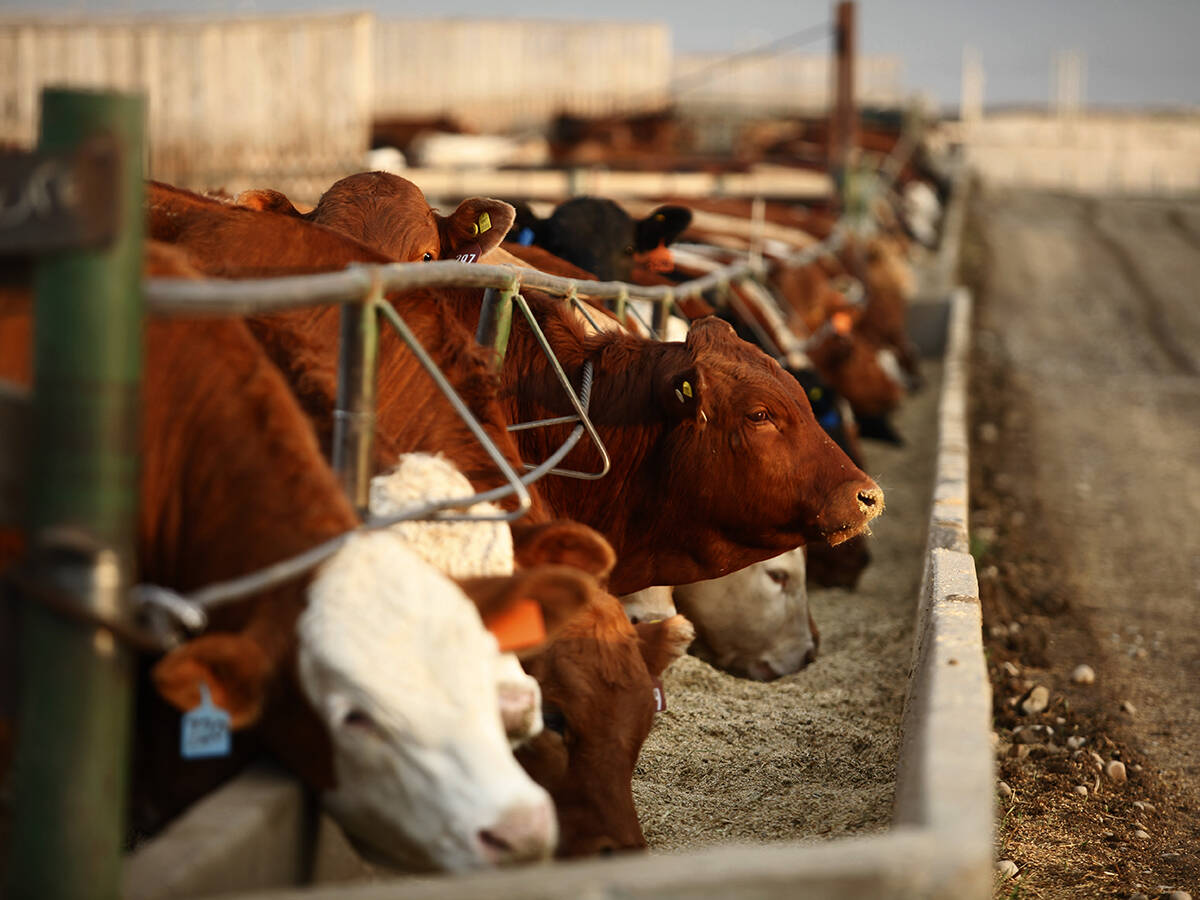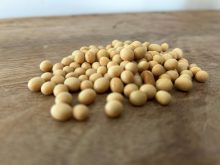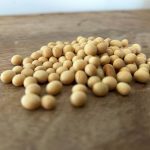CNS Canada — U.S. wheat futures have fallen to four-year lows, but could have more room to the downside as large global supplies and declining world prices weigh on values.
In addition to the ample world supply situation, much of the recent weakness in the U.S. wheat market is tied to a “freefall” in the French wheat market, according to Austin Damiani of Frontier Futures in Minneapolis.
France had a very poor quality wheat crop this year, but the delivery specs on the Matif milling wheat contract are “very lax,” said Damiani. As a result, there is now a lot of wheat, that is not actually milling quality, being delivered against the futures.
Read Also

U.S. livestock: Cattle extend gains on improving cash prices, packer demand
Reuters — Chicago Mercantile Exchange live cattle futures set a three-week high and feeder cattle hit their highest level in…
None of the U.S. wheat futures are a feed wheat contract, but Chicago futures are following the French futures just the same.
However, with the more robust delivery specs, U.S. basis levels are showing strength in the countryside.
With cash bids looking strong compared to the futures, Damiani said it will be interesting to see what happens ahead of December, as the futures converge with the cash market.
Minneapolis hard red spring wheat futures are also moving lower, with harvest pressure adding to the weaker tone there.
Increasing U.S. spring wheat stocks, and the fact that Canada is still dealing with last year’s record crop, would likely keep Minneapolis futures trading at a discount to the Kansas City hard red winter wheat market, Damiani said.
Globally, he said there is not a big need for higher-protein wheat, aside from anything approaching 15 per cent or more. “The juice is there for anything over 14 per cent.”
— Phil Franz-Warkentin writes for Commodity News Service Canada, a Winnipeg company specializing in grain and commodity market reporting.
















